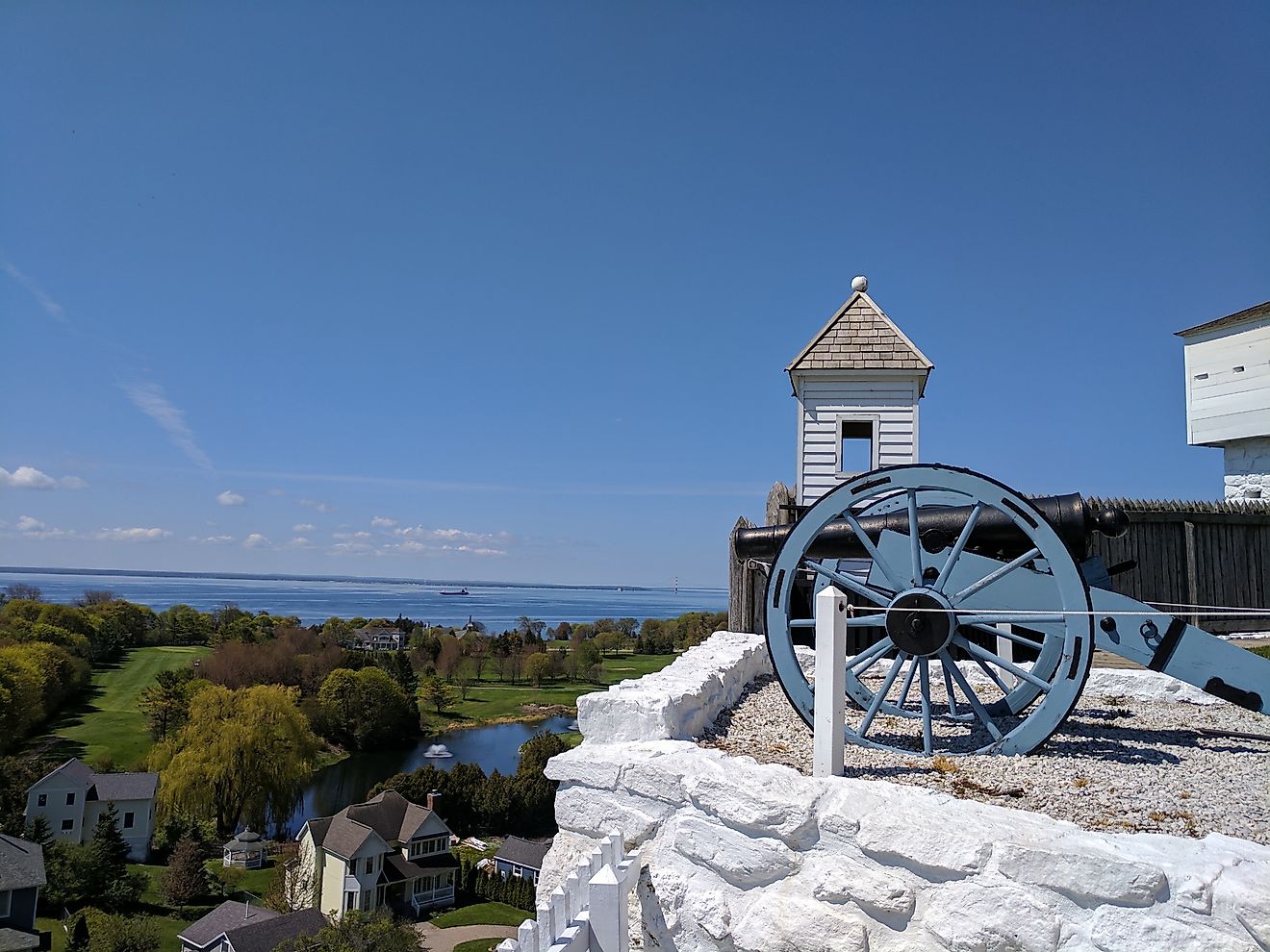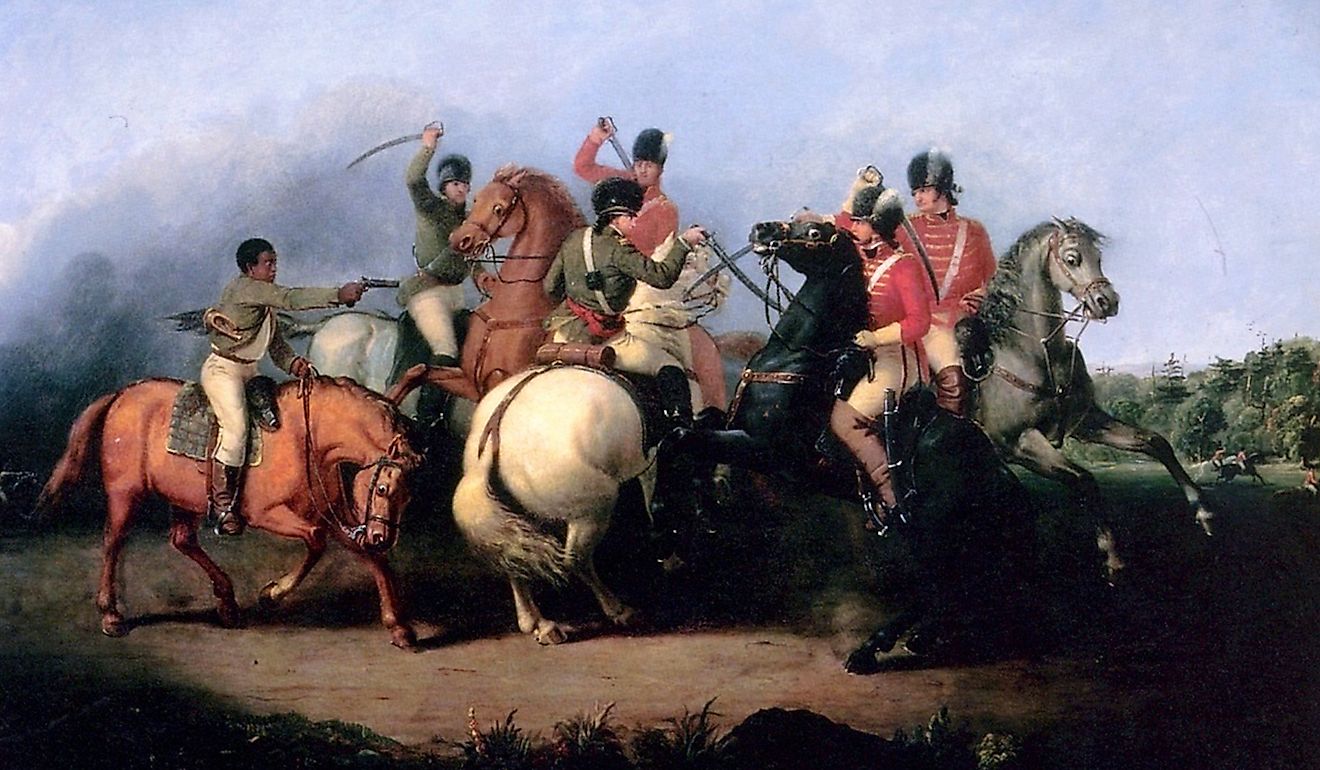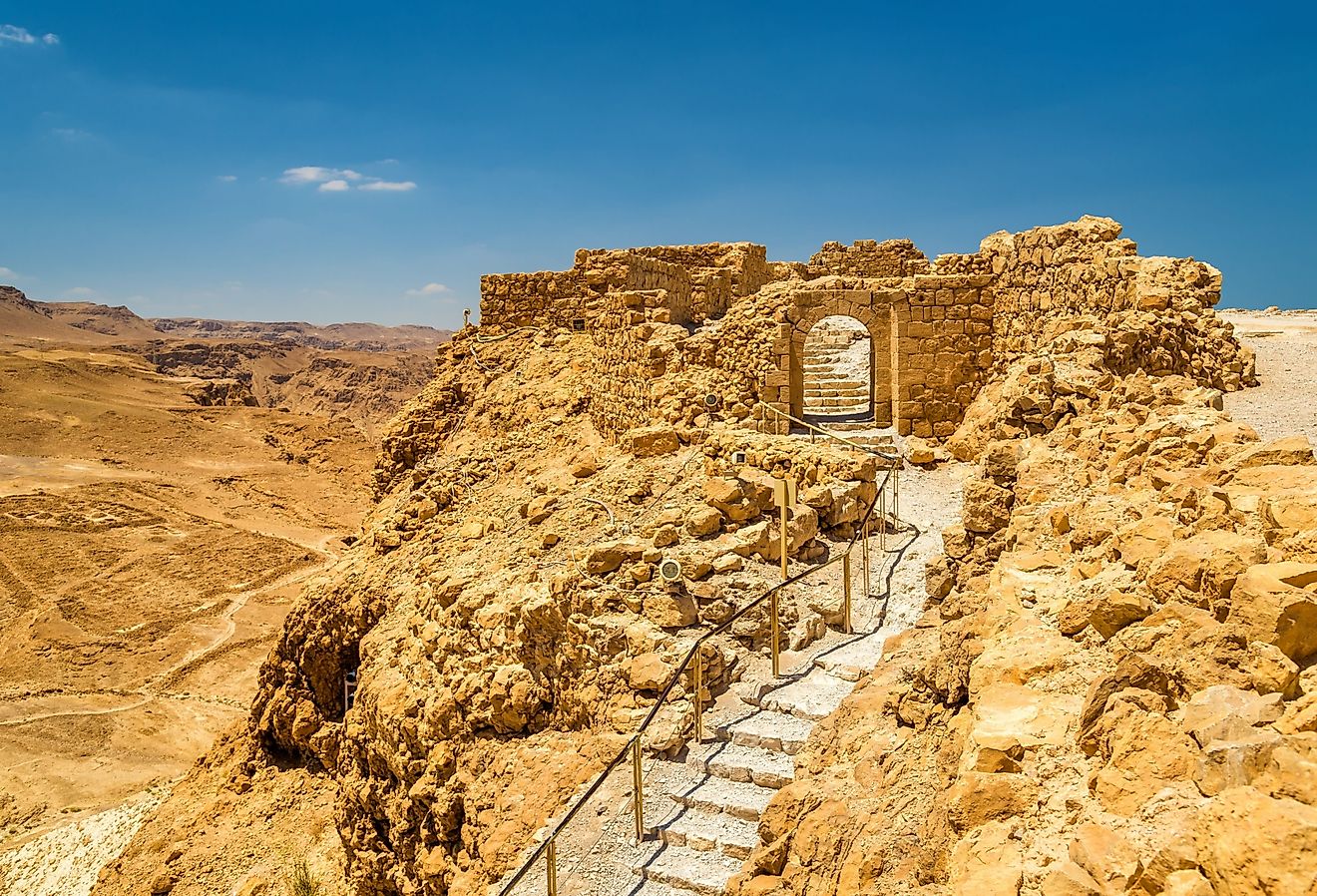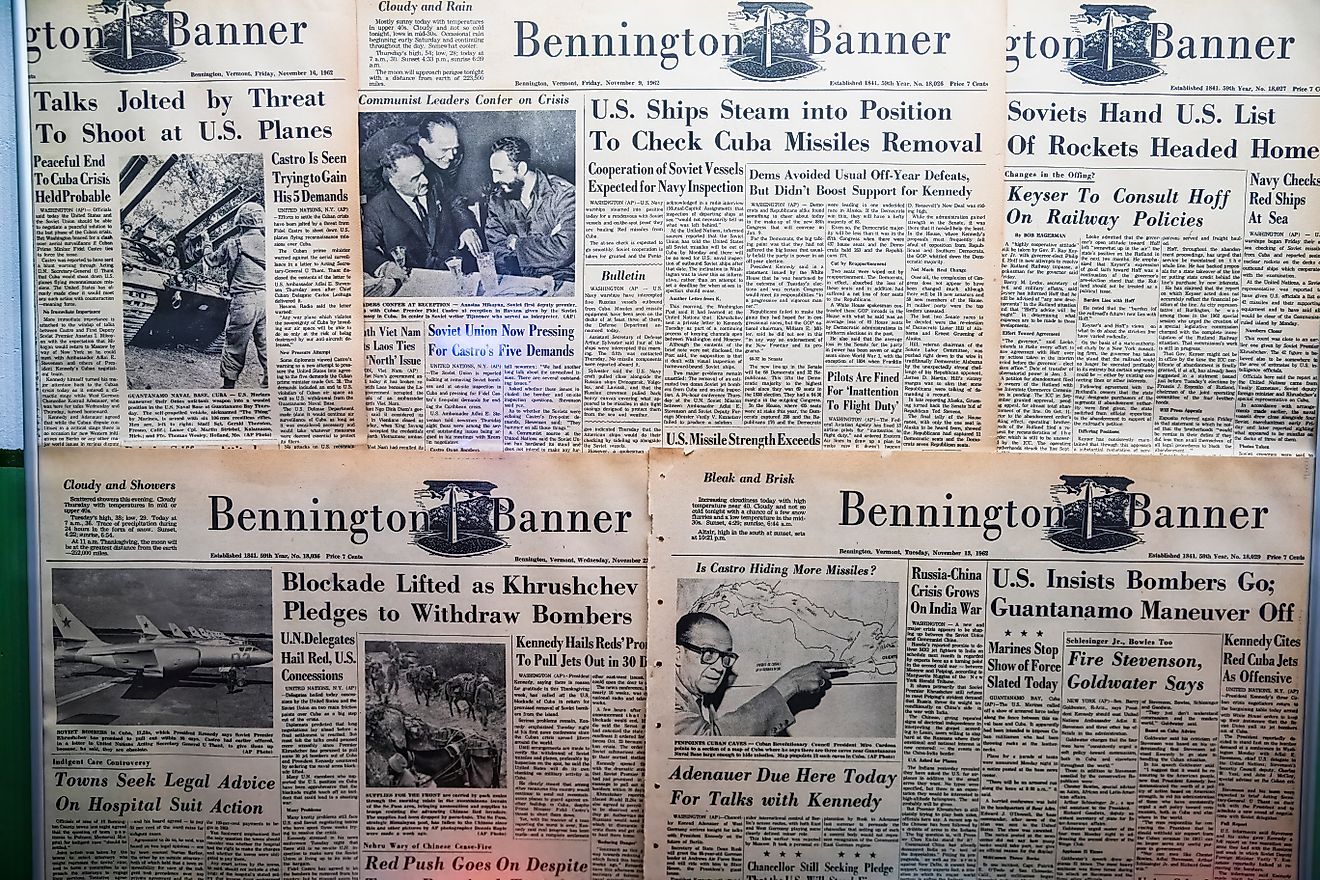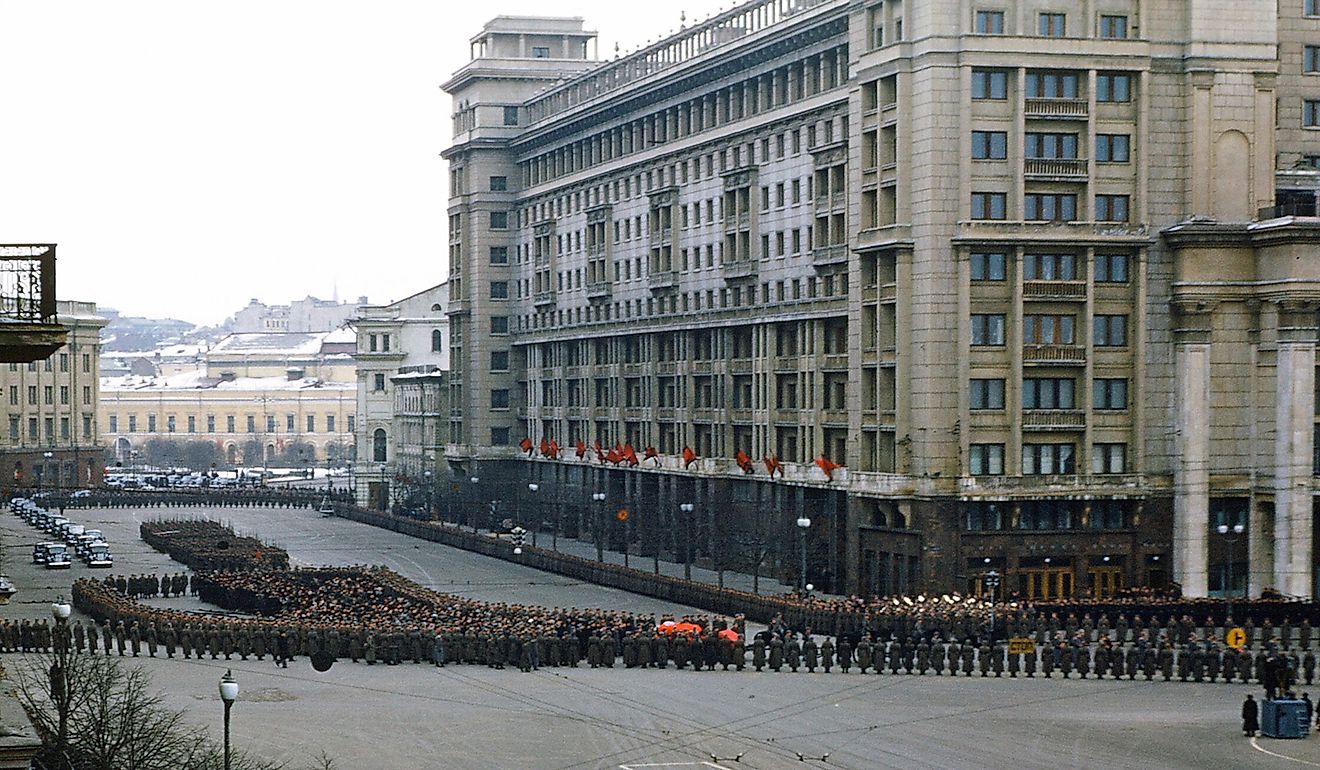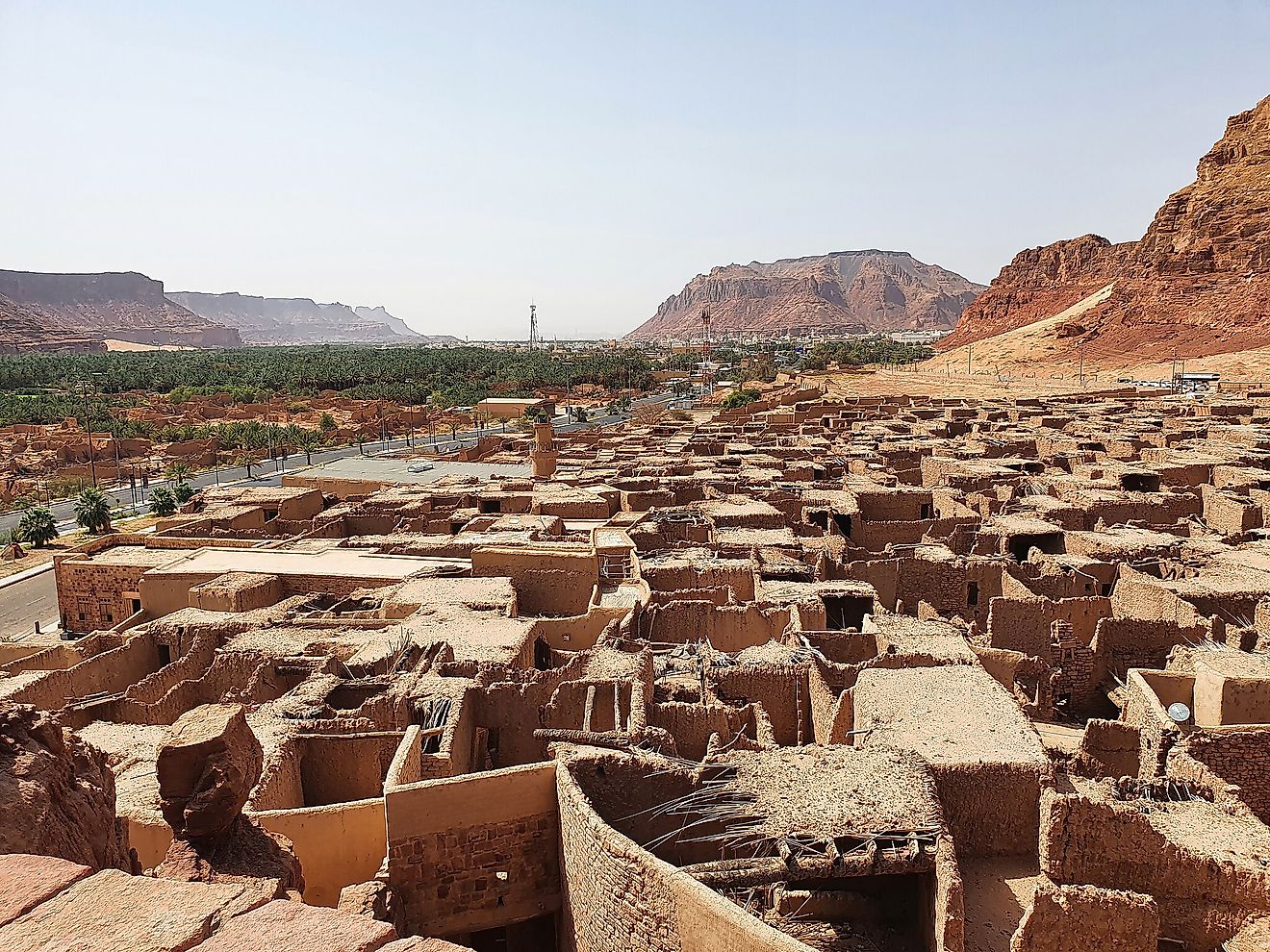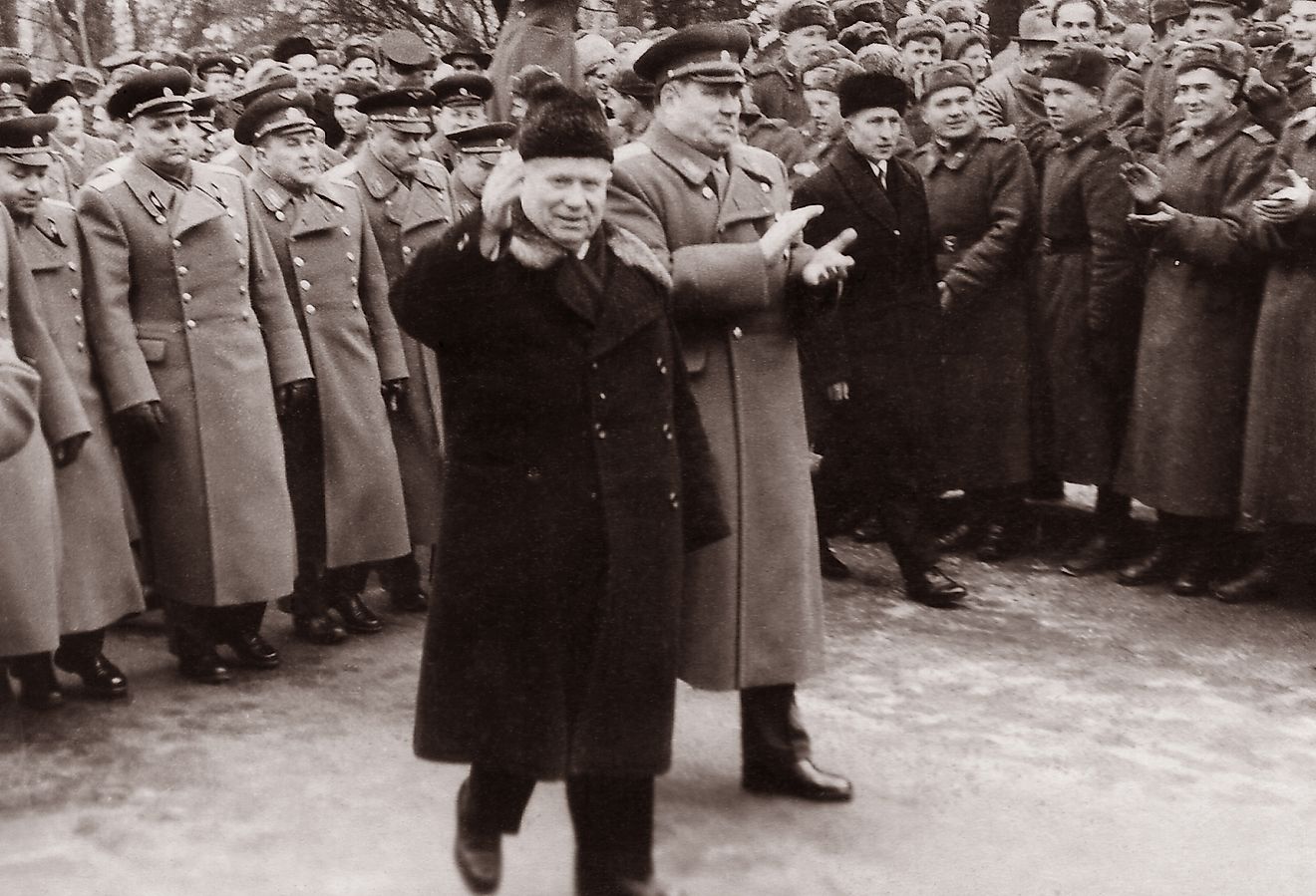
What Was The Frankish Empire?
The Frankish Empire, established and ruled by the powerful Germanic tribe known as the Franks, played a pivotal role in shaping the history and culture of Western and Central Europe from the 5th to the 10th century. With its capital nestled in the ancient Roman province of Gaul, this sprawling empire reached as far as France and comprised a diverse array of territories. Ruled mainly by two dynasties, the Merovingian and Carolingian, both left an indelible mark on Europe's political, religious, and cultural development during the Middle Ages. This article discusses the impressive achievements and lasting legacy of the Frankish Empire and how it shaped European history.
Rise Of The Merovingian Kingdom: Uniting The Franks And Shaping Western Europe's History

King Clovis I established the Merovingian dynasty, leading the Frankish Empire from the 5th to the 8th century. King Clovis, the first ruler of the Franks, united all of the Frankish kingdoms under one crown through daring conquests and clever alliances with other leaders. Under the leadership of King Clovis I, the Frankish Empire expanded its presence and influence throughout Western and Central Europe. The Merovingians continued to conquer neighboring territories, expand their power, and spread their culture and religion. They also established trade and diplomatic relations with other kingdoms in the region, which helped to solidify the Frankish Empire's power and prestige.

Despite its early success, the Merovingian dynasty's power declined during the 7th century. The custom of dividing the kingdom's territories equally among the king's sons led to the empire's fragmentation into smaller political units. This weakened the monarchy and made it more susceptible to internal conflicts and external threats. This weakness ultimately paved the way for the rise of the Carolingian dynasty in the 8th century.
Rising To Power: The Impact Of The Carolingian Dynasty On Western Europe

The Carolingian Dynasty, which took the reins of the Frankish Empire in the 8th century, was a force to be reckoned with. Led by the mighty Pepin the Short, the dynasty was cemented in power by his son, Charlemagne, also known as Charles the Great, who shaped the dynasty and the empire during his reign, which lasted from 768 to 814. Charlemagne's empire extended from modern-day France and Germany to parts of Italy, Spain, and Eastern Europe, making it one of the most powerful empires in Western Europe during the Middle Ages.

Charlemagne's reign left a golden age of culture and innovation, referred to as the Carolingian Renaissance. His court was home to elite scholars who turned to the texts of classical scholars to try and recreate the glory of the old Roman Empire in the West. As a result, the era saw a surge in literature, the arts, architecture, and scriptural studies. Charlemagne was also responsible for spreading Christianity throughout large portions of Western and Central Europe by conquering and imposing his religion on the people he conquered. Charlemagne's empire laid the foundation for the later Holy Roman Empire, and his reign marked a significant turning point in the history of Western Europe. Charlemagne's efforts to spread Christianity throughout his empire had a lasting effect on the religious landscape of Europe.
Unfortunately, Charlemagne's empire was divided among his three sons after his death, ultimately leading to the Carolingian dynasty's decline. The empire gradually declined in the following centuries and was eventually replaced by new political entities. Despite this, the legacy of the Carolingian dynasty and Charlemagne's reign continues to impact Western and Central Europe. His impact on European history, culture, and society is still studied and debated by historians and scholars today. His name remains synonymous with a time of great achievement, power and cultural prosperity.
The Fall Of The Frankish Empire: The Collapse Of Charlemagne's Legacy

Charlemagne's death in 814 marked the beginning of a tumultuous period for the Frankish Empire as his three sons: Pepin, Charles the Younger, and Louis the Pious divided it among themselves. This partitioning of the empire into smaller territories set the stage for divisions that would ultimately weaken the empire. Charles died without leaving any heirs to his holdings, and Pepin died, leaving only an illegitimate son. This fragmentation of the empire continued with each succeeding generation, weakening it further.
The Frankish Empire collapsed in the 10th century. The final Carolingian ruler, Charles the Simple, was deposed in 888 by the German dukes. Following the collapse of the Carolingian Empire, new kingdoms emerged in Western Europe, such as the Holy Roman Empire in Germany, the Kingdom of Italy, and the Kingdom of France, each establishing their own identities and political systems distinct from the Carolingian Empire. The collapse of the Frankish Empire marked the end of an era in European history. Still, its legacy would continue to shape Europe's political and cultural landscape for centuries. It was the end of a dynasty, but the beginning of new powerful entities, shaping the continent's future.
In Conclusion

The Frankish Empire, established and ruled by the formidable Germanic tribe known as the Franks, left an indelible mark on the history and culture of Western and Central Europe from the 5th to the 10th century. Under the reign of Clovis I and the Merovingian dynasty, the Frankish kingdom was united and grew in power, expanding its reach and influence throughout Western and Central Europe. But it was under the Carolingian Dynasty that the empire truly reached new heights, thanks to the visionary leadership of Charlemagne. During the Carolingian Renaissance, Charlemagne led the empire to military conquests and cultural flourishing. Today, we can still see the Frankish Empire's enduring legacy in the Carolingian Renaissance cultural achievements and in the political and territorial divisions that shape Europe. By studying the Frankish Empire, we gain a deeper understanding of Western and Central European history and the development of its culture.
